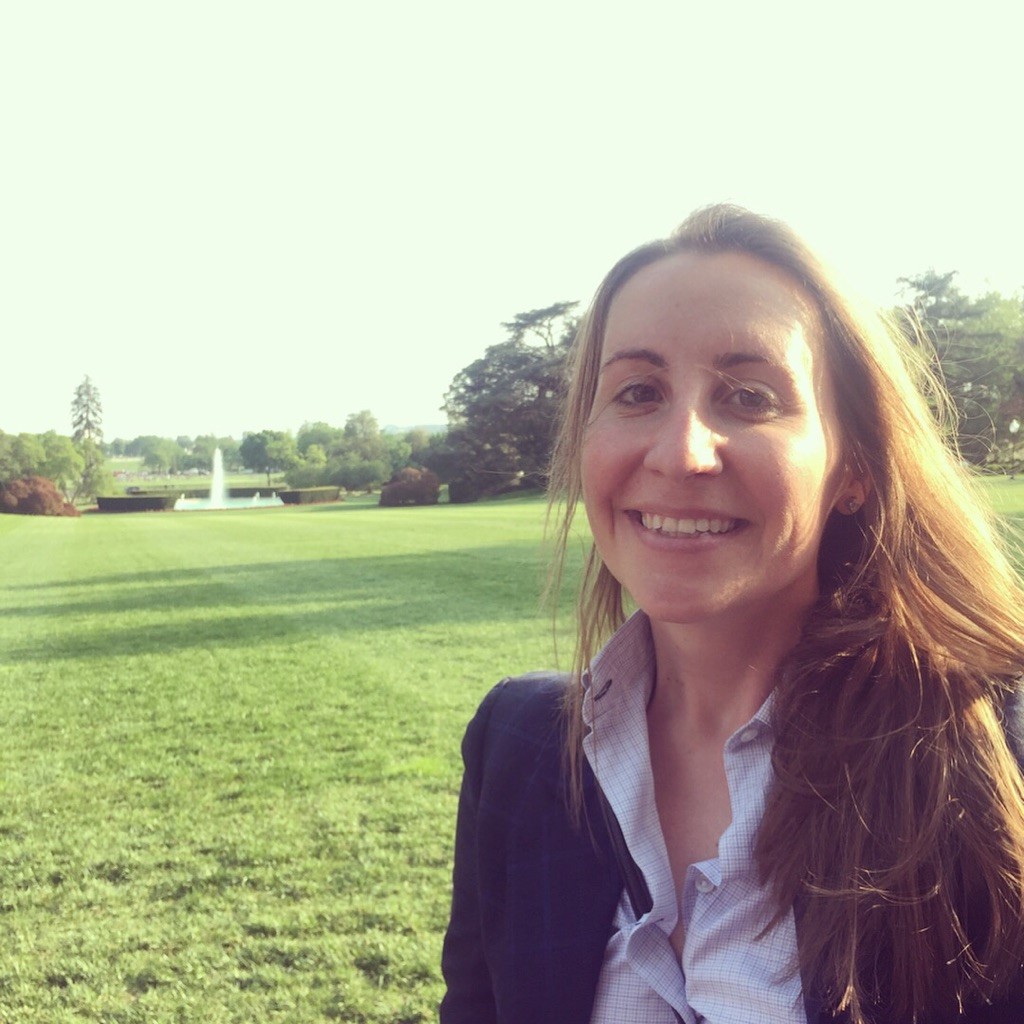Learn how a unique community is using complementary next-generation technologies, including community-scale microgrids and transactive controls.
June 7, 2018Creating the Grid of the Future is no easy task, but the Department of Energy (DOE) is up to the challenge. We’re working across the Department and with our public and private sector partners to build on our tradition of technical excellence to continue developing innovative energy technologies that are more secure, reliable, innovative, and affordable.
A prime example of this collaboration is Alabama Power’s Smart NeighborhoodTM, a unique community of energy efficient homes using a number of exciting complementary next-generation technologies including energy efficient buildings, community-scale microgrids, and transactive controls. If you aren’t familiar with microgrids – these are localized grids that can disconnect from the main grid to continue operating when the flow of electricity is disrupted by an event such as a major storm. Located in suburban Birmingham, Alabama, this project is supported by both the Office of Electricity and the Office of Energy Efficiency and Renewable Energy.
Researching, developing, and validating the technological solutions to enable the Grid of the Future for homes and neighborhoods across the country requires close collaboration with public and private partners. With this community-scale microgrid project in Alabama, DOE is working strategically with Southern Company, Alabama Power, Georgia Power, Oak Ridge National Laboratory, local city officials, and homebuilding companies in the private sector.
This work will also serve as a foundation for promoting resiliency in communities across the country. We’re looking at this as a model for our investments in microgrid technologies. Not only will this have benefits for communities, this could be a game-changer for areas that face threats from hurricanes and other disasters. Households, businesses, and critical services could keep operating even if the larger grid goes offline.
Another reason why this Connected and Smart Neighborhood project is so important is because it proves the business case by showing that it makes economic sense to invest in new energy technologies that make the electrical grid more resilient. All 62 homes in the neighborhood sold within six months of the project opening, indicating strong consumer demand for this kind of technology and smart living.
Lessons from this project and others will help inform future research and development efforts and ensure continued progress towards DOE’s mission of advancing electric grid modernization and resiliency in the critical energy infrastructure. To learn more about DOE’s efforts, visit the Office of Electricity, Office of Energy Efficiency and Renewable Energy, Grid Modernization Initiative, and the Office of Cybersecurity, Energy Security and Emergency Response websites.
Christine Harbin
Christine Harbin is the former Senior Advisor for External Affairs for the Office of Electricity (OE) and the Office of Cybersecurity, Energy Security and Emergency Response (CESER) at the U.S. Department of Energy. She collaborated closely with a diversity of internal and external stakeholders on OE’s and CESER’s programs and priorities. Previously, she led the federal policy and coalition efforts of Americans For Prosperity, a nationwide grassroots organization, as Vice President of External Affairs. She has also held policy roles at the American Legislative Exchange Council; the Show-Me Institute, a Missouri-based think tank; and the White House National Economic Council during the George W. Bush administration. Christine holds bachelor’s degrees in economics, mathematics, and French from the University of Wisconsin—Madison and a master’s degree in business administration from the University of Wisconsin MBA Consortium.


